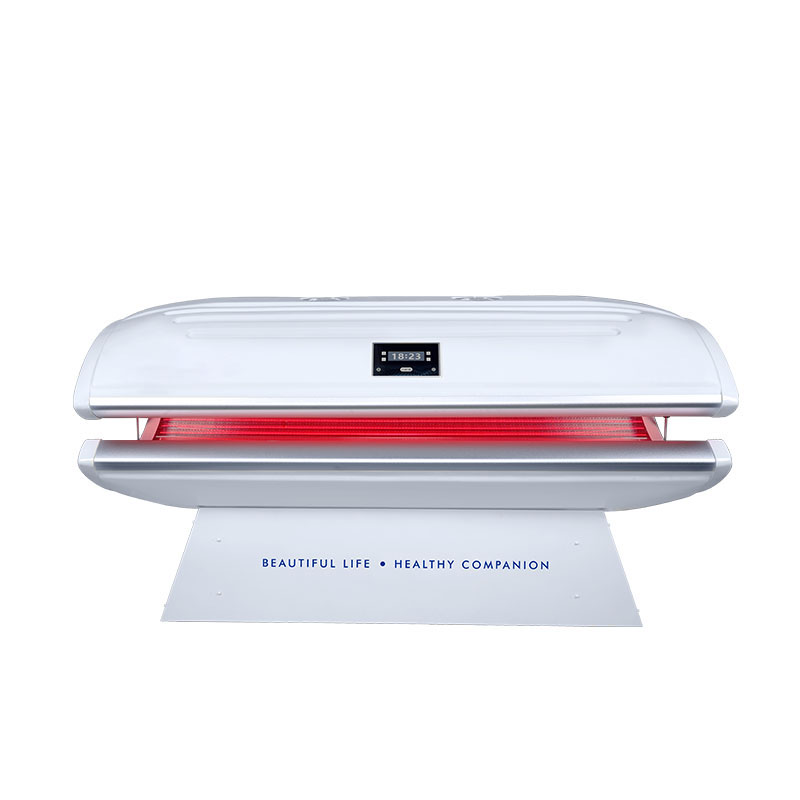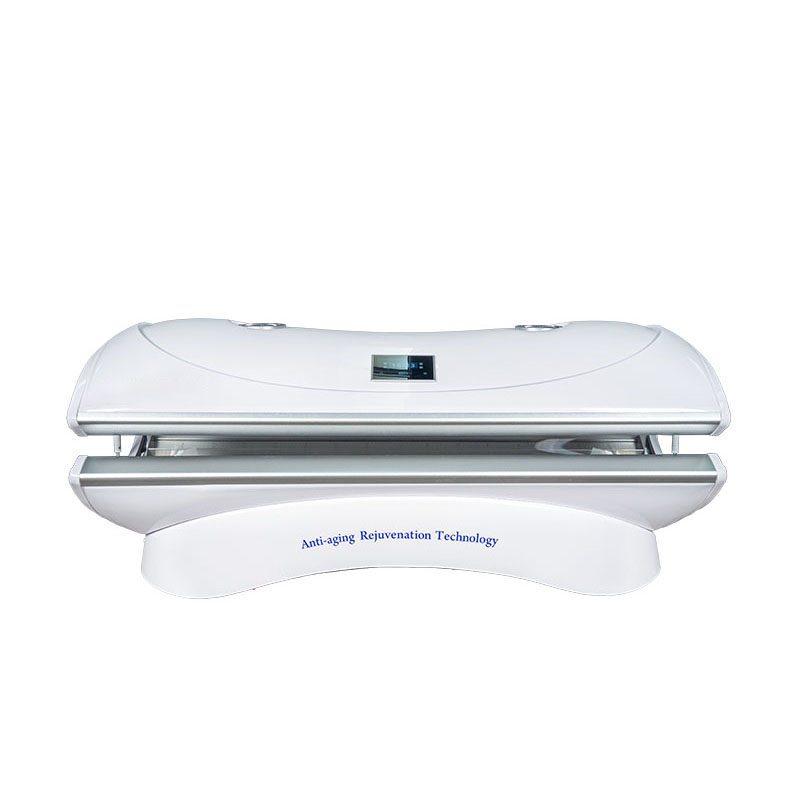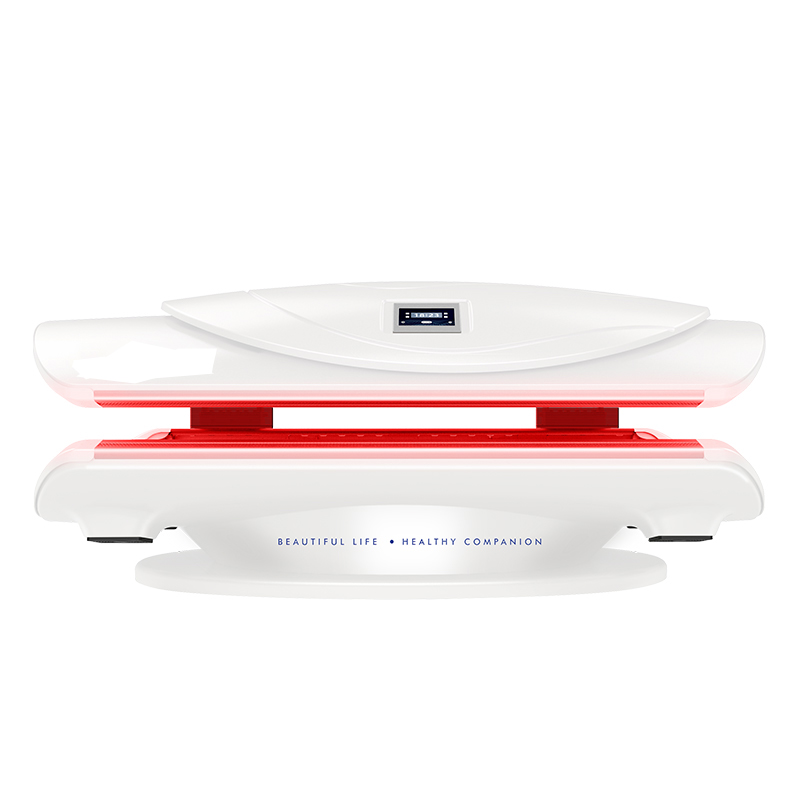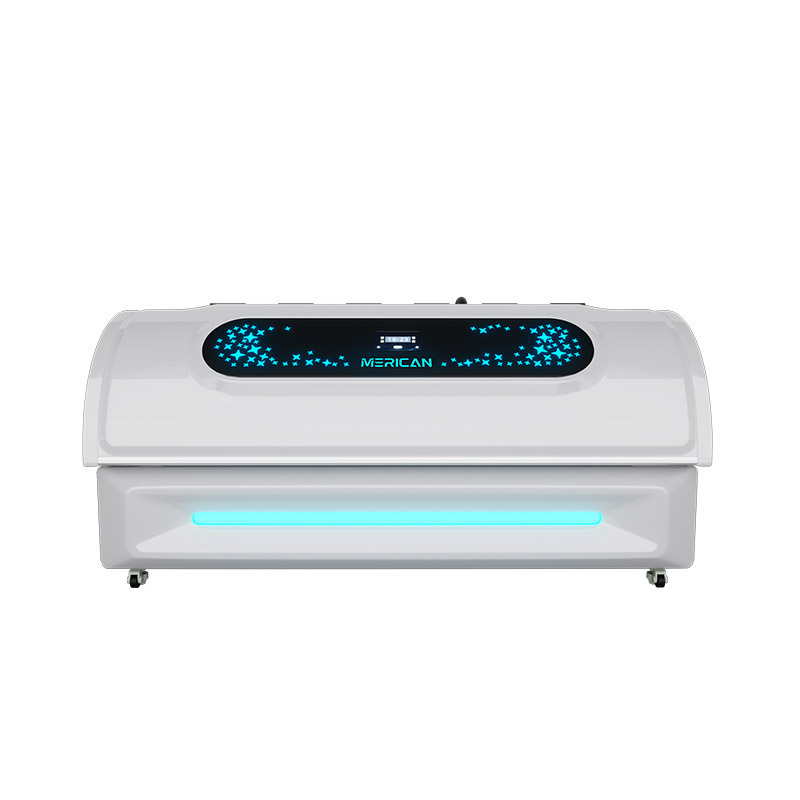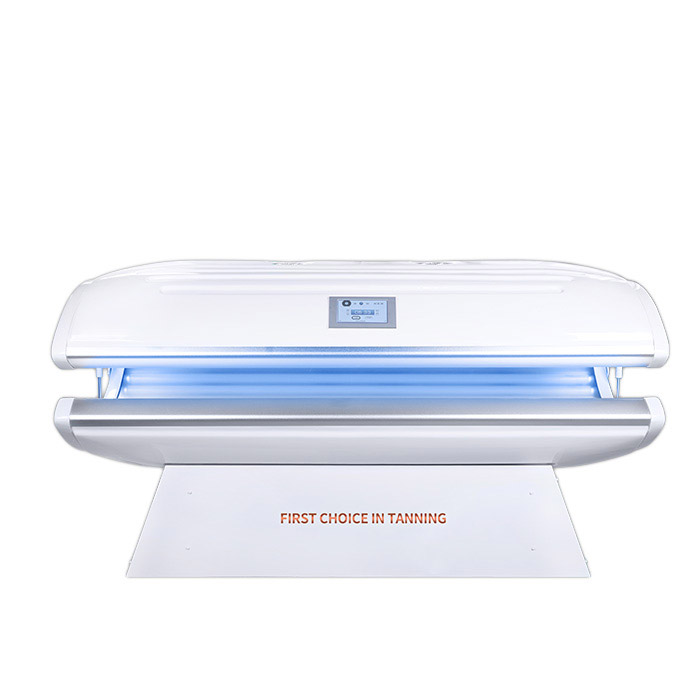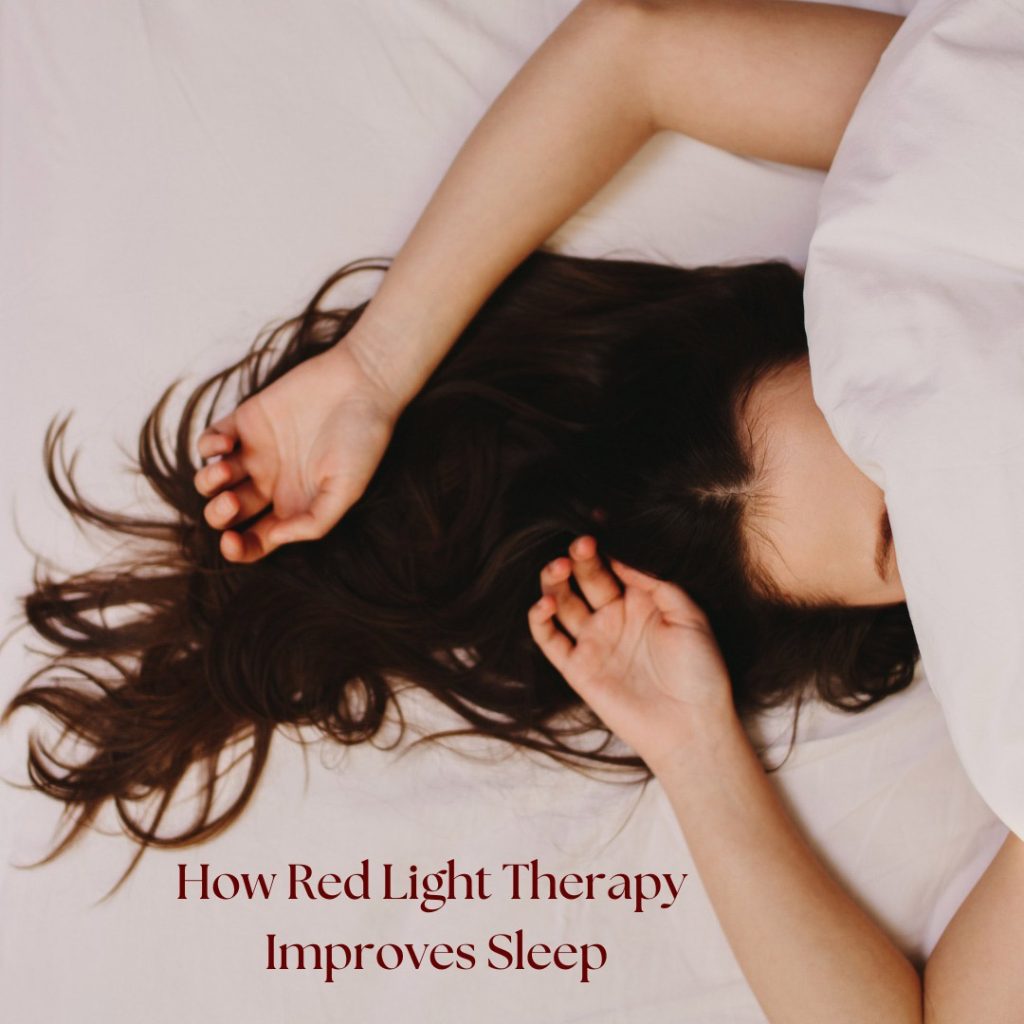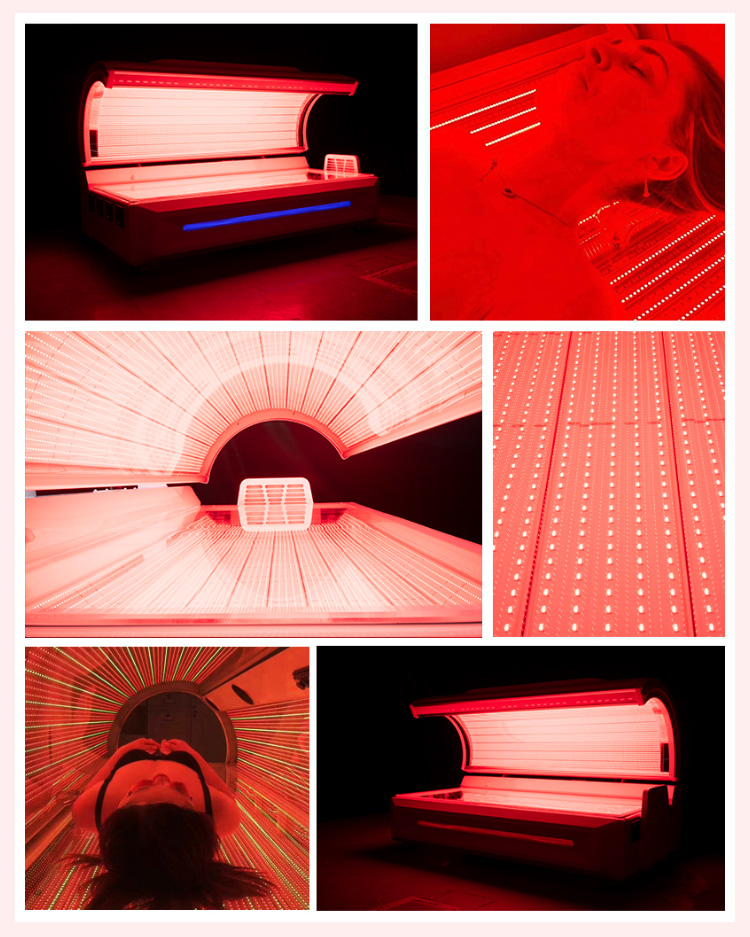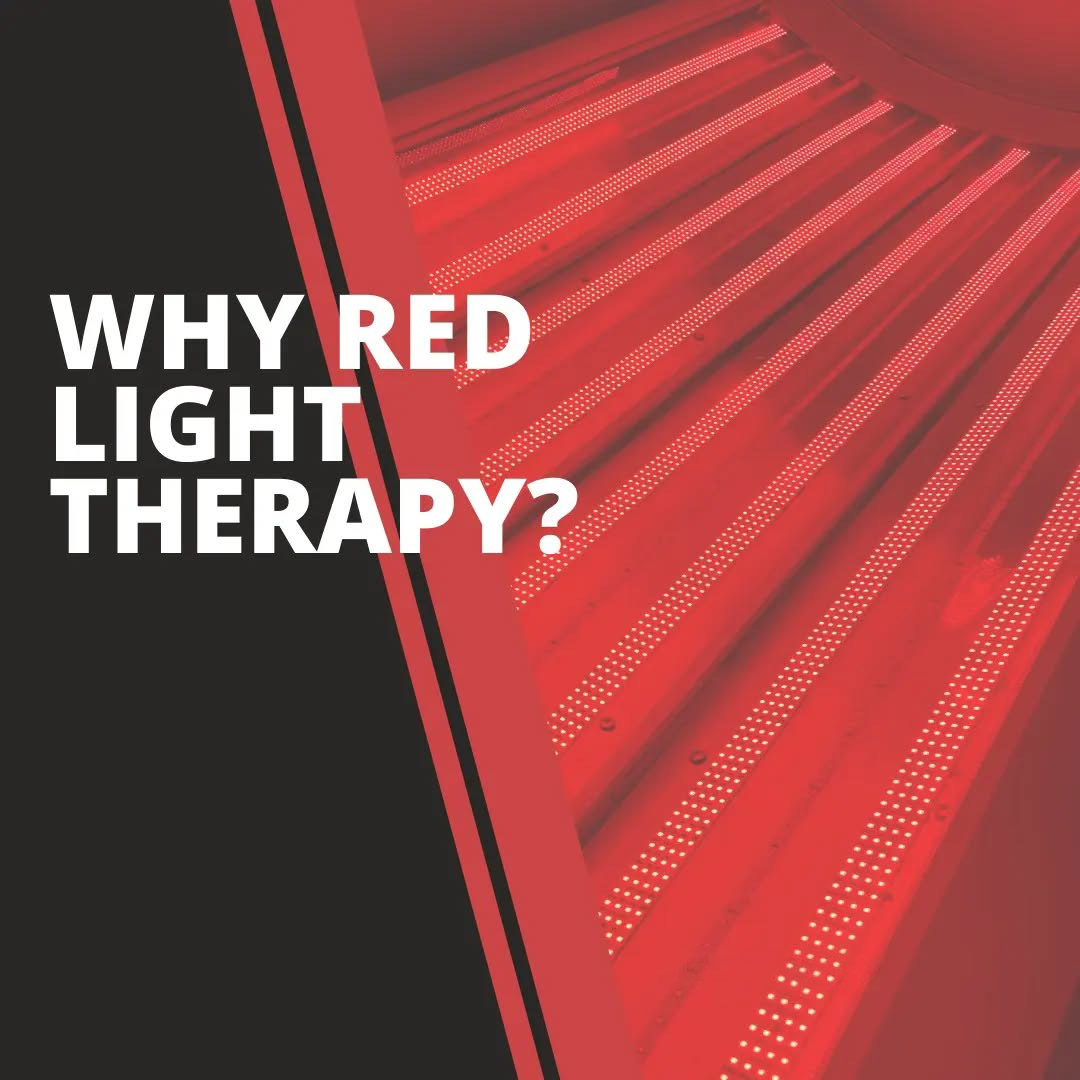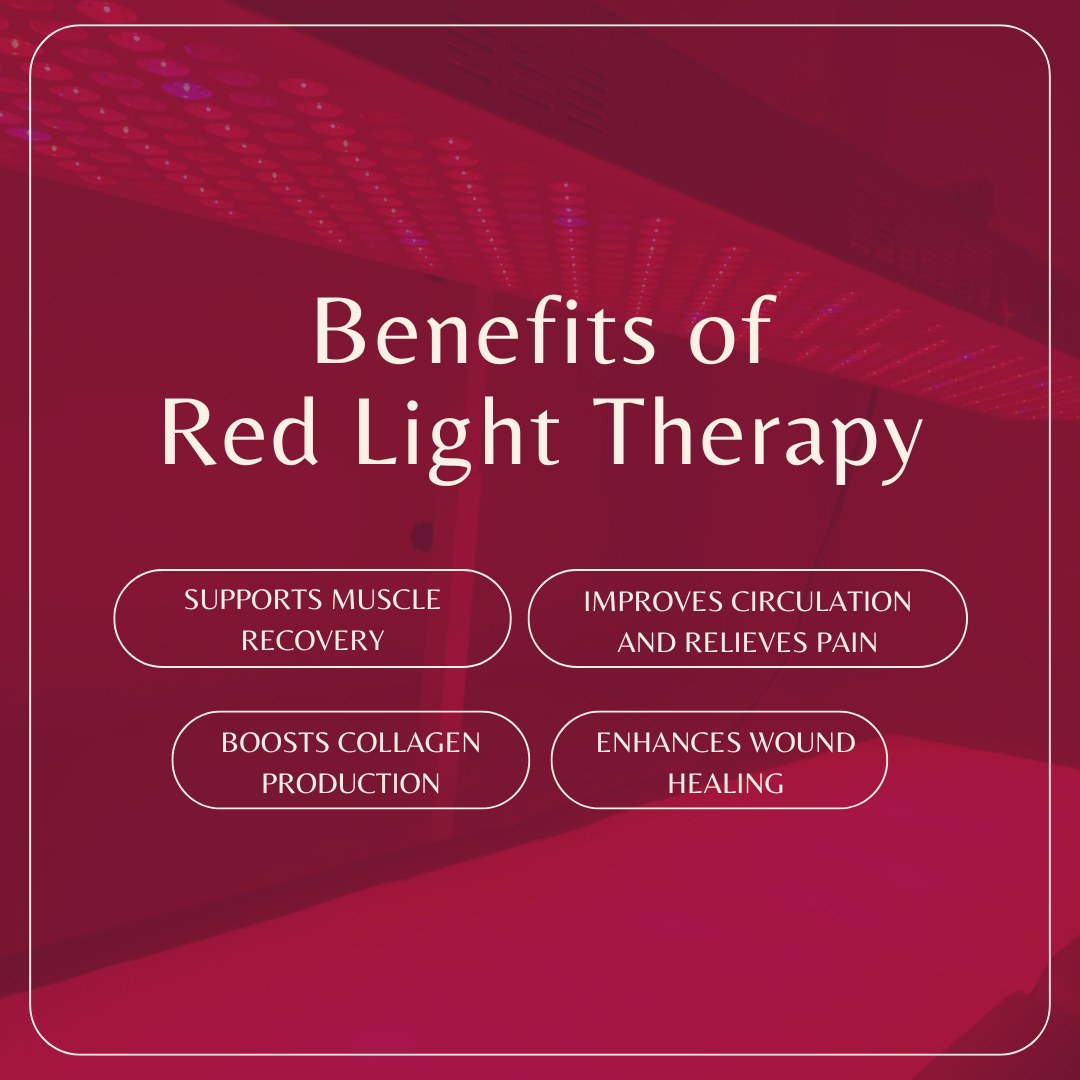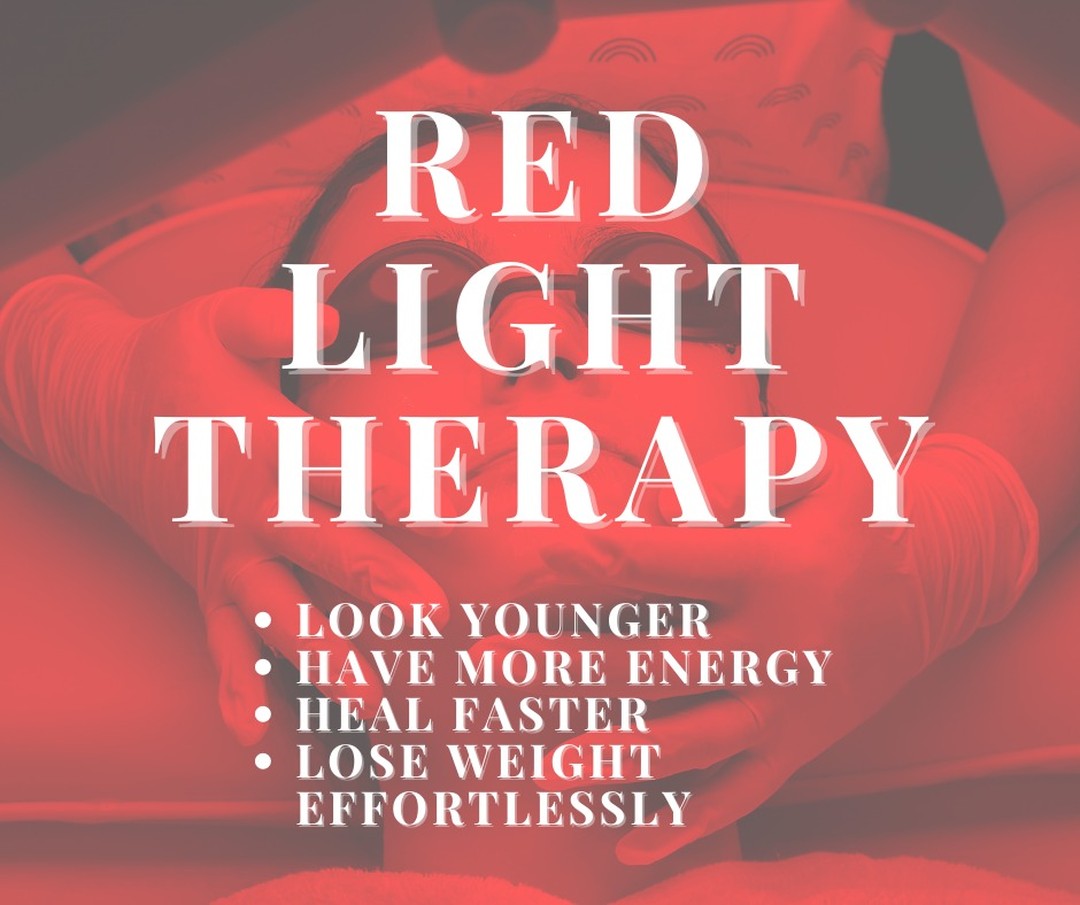Table of Contents
Struggling with sleep is an all-too-familiar issue for many of us. Whether it’s the anxiety of trying to fall asleep, waking up multiple times during the night, or simply not feeling rested after hours of lying in bed, poor sleep can wreak havoc on your mood, productivity, and overall health. And while countless methods for improving sleep exist, from cutting back on caffeine to taking sleep aids, there’s one solution that is gaining attention for its potential benefits: red light therapy.
You may be familiar with the negative impact of blue light—the type of light emitted by screens—that disrupts our sleep by suppressing melatonin production. But red light, on the other hand, has shown promise in enhancing the quality of sleep, supporting the body’s natural circadian rhythm, and promoting relaxation. This article explores the science behind red light therapy and how you can incorporate it into your nightly routine for better sleep.
What is Red Light Therapy and How Does it Work?
Red light therapy is a non-invasive treatment that uses low-wavelength red light (typically between 600 to 650 nanometers) to treat a variety of conditions, including sleep disorders. Unlike the blue light emitted by electronic devices, which stimulates the brain and prevents it from winding down, red light has been found to have a calming effect on both the body and mind.
The light helps to regulate melatonin production, the hormone responsible for helping you feel sleepy at night. When used at the right times, red light therapy can signal to your brain that it’s time to rest, promoting a natural sleep cycle.
Research: How Red Light Therapy Can Improve Sleep Quality
Various studies have explored the effects of red light on sleep, especially in individuals recovering from physical exertion, such as athletes. For instance, one study found that athletes who used red light therapy before bed reported improved sleep quality and quicker recovery.
What sets red light therapy apart from simple red-tinted lighting (like those found in dim red lamps or bulbs) is its ability to deliver targeted wavelengths that go beyond just creating a calm ambiance. Red light therapy has a measurable effect on melatonin levels, helping the body relax and fall asleep faster.
Red Light and Melatonin: The Key to Better Sleep
Melatonin is the hormone responsible for regulating your sleep-wake cycle. Normally, your body produces melatonin as the sun sets and it gets darker. However, exposure to bright, especially blue light, in the evening can interfere with this process, making it harder for you to fall asleep.
Unlike blue light, red light therapy actually promotes melatonin production. Studies suggest that the red wavelengths from light therapy can trigger the brain’s natural process of releasing melatonin, which helps prepare your body for restful sleep.
Key Benefits of Red Light Therapy for Sleep Disorders
People struggling with sleep disorders such as insomnia or delayed sleep phase disorder (where the internal clock is out of sync, causing delayed sleep and wake times) can particularly benefit from red light therapy. Here’s how:
- Insomnia: Research has shown that red light therapy can help individuals with insomnia by increasing sleep efficiency, reducing the time it takes to fall asleep, and decreasing the frequency of nighttime awakenings.
- Delayed Sleep Phase Disorder: For individuals whose internal body clock is misaligned, red light exposure in the evening can help reset the circadian rhythm, making it easier to fall asleep earlier and wake up on time.
- General Sleep Disorders: Red light therapy can have a calming effect on the nervous system, helping reduce anxiety levels that might otherwise hinder restful sleep.
How to Integrate Red Light Therapy into Your Routine
If you’re ready to give red light therapy a try, here are four practical tips to incorporate it into your nighttime routine:
Use Red-Tinted Lighting for a Relaxing Ambiance
While red-tinted bulbs don’t deliver the therapeutic benefits of red light therapy, they do help reduce the stimulating effects of blue light, making them a better option for evening lighting. Consider switching to red-tinted bulbs or dim red lamps in the hour or two before bed. This creates a soothing environment that signals your body to wind down.
Invest in a Red Light Therapy Device
For more significant benefits, try using a red light therapy device designed specifically for sleep. These devices emit the precise wavelengths of red light that have been shown to improve sleep quality. Sessions typically last between 10 to 20 minutes and can be done right before bed to prepare your body for rest.
Limit Blue Light Exposure
To maximize the effects of red light, reduce exposure to blue light—the light emitted by electronic devices like phones, computers, and televisions. Consider using apps or filters that shift your screen to warmer colors, or wear blue light-blocking glasses to protect your eyes in the evening.
Maintain a Consistent Sleep Schedule
Incorporating red light therapy is most effective when done regularly as part of a consistent nighttime routine. Try to maintain a consistent bedtime, even on weekends, and incorporate other calming activities like reading or meditation to make your environment more conducive to sleep.
Other Ways to Improve Your Sleep Environment
Aside from red light therapy, there are other elements to consider for a better sleep environment:
- Cool, Dark Room: Keep your bedroom cool and dark to prevent distractions that might disturb your sleep. Consider blackout curtains or sleep masks to block out any light that could interfere with your circadian rhythm.
- Comfortable Bedding: Invest in a high-quality mattress and pillows to ensure physical comfort during sleep.
- Mindful Evening Habits: Wind down with relaxing activities such as journaling, gentle stretches, or guided breathing exercises. Avoid stimulating activities like intense exercise or emotionally charged conversations before bed.
Conclusion: A Natural, Simple Way to Improve Your Sleep
Red light therapy offers a promising, natural solution to enhance sleep quality and regulate your body’s circadian rhythm. Whether you’re struggling with insomnia, jet lag, or just need better sleep, incorporating red light therapy into your routine could make all the difference. With minimal risk and the potential for significant benefits, this simple, scientifically-backed therapy may soon become an essential part of your nightly ritual.
By pairing red light therapy with other healthy sleep habits, such as reducing blue light exposure and maintaining a consistent sleep schedule, you can improve both the quality and duration of your rest. So why not give it a try and see if red light therapy can help you achieve the peaceful sleep you deserve?
Red Light Therapy Sleep FAQs
Is Red Light Therapy Safe for Daily Use?
Yes, red light therapy is generally considered safe for daily use, especially when used at a low intensity. The light wavelengths used are non-invasive and won’t harm the skin or eyes if used properly. However, it’s always a good idea to consult with a healthcare provider if you have specific concerns.
How Long Should I Use Red Light Therapy Before Bed?
Most experts recommend starting with 10 to 20-minute sessions before bed. Longer exposure isn’t necessarily more effective, and it’s best to follow the manufacturer’s guidelines for your therapy device.
Does Red Light Therapy Have Side Effects?
For most people, red light therapy is side-effect free. However, some might experience mild discomfort like eye strain or headaches if the intensity is too high. To avoid this, reduce the exposure time or use the therapy device on a lower setting.
Can Red Light Therapy Help with Jet Lag?
Yes, red light therapy can be an effective tool for reducing the symptoms of jet lag. It helps reset your body’s internal clock, making it easier to adjust to new time zones. Begin using red light therapy before your trip to help your body acclimatize and reduce jet lag symptoms upon arrival.

